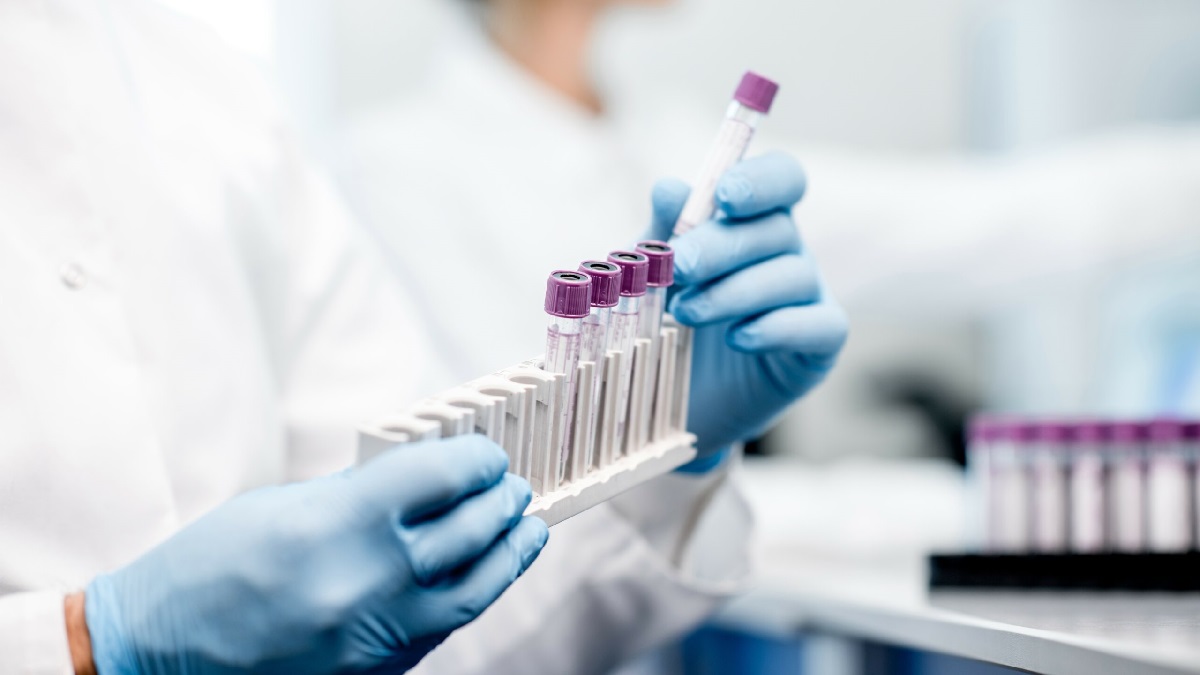
Myeloproliferative neoplasms (MPNs) are a group of rare blood cancers where the bone marrow makes too many red blood cells, white blood cells, or platelets. These conditions can lead to various complications, including blood clots, bleeding issues, and an increased risk of developing acute leukemia. MPNs include polycythemia vera, essential thrombocythemia, and primary myelofibrosis. Each type has unique symptoms and treatment options. Understanding these conditions is crucial for managing them effectively. This article will provide 50 facts about myeloproliferative neoplasms to help you grasp the essentials, from symptoms to treatments and everything in between. Get ready to dive into the world of MPNs and learn what you need to know.
Key Takeaways:
- Myeloproliferative Neoplasms (MPNs) are blood cancers that affect blood cell production. Early diagnosis and personalized treatments can improve outcomes and quality of life for patients.
- Living with MPNs requires ongoing care, lifestyle adjustments, and support from healthcare providers and loved ones. Regular exercise, balanced diet, and stress management techniques are essential for managing the condition.
What are Myeloproliferative Neoplasms?
Myeloproliferative Neoplasms (MPNs) are a group of diseases that cause blood cells to grow abnormally in the bone marrow. These conditions can lead to various health issues, including blood clots, bleeding, and anemia. Here are some intriguing facts about MPNs.
- MPNs are classified as blood cancers.
- They primarily affect red blood cells, white blood cells, and platelets.
- The three main types of MPNs are Polycythemia Vera (PV), Essential Thrombocythemia (ET), and Myelofibrosis (MF).
- PV leads to an overproduction of red blood cells.
- ET results in too many platelets.
- MF causes scarring in the bone marrow.
- MPNs can develop at any age but are more common in older adults.
- Men are slightly more likely to develop MPNs than women.
- The exact cause of MPNs is unknown.
- Genetic mutations, such as JAK2, CALR, and MPL, are often involved.
Symptoms and Diagnosis
Recognizing the symptoms of MPNs can be challenging as they often resemble other conditions. Diagnosis usually involves blood tests and bone marrow biopsies.
- Common symptoms include fatigue, night sweats, and weight loss.
- Enlarged spleen (splenomegaly) is a frequent symptom.
- Itching, especially after a hot shower, can indicate PV.
- Headaches and dizziness are common in ET.
- Bone pain and fever may occur in MF.
- Blood tests can show elevated red blood cells, white blood cells, or platelets.
- Bone marrow biopsy helps confirm the diagnosis.
- Genetic testing can identify specific mutations.
- Early diagnosis can improve management and outcomes.
- Regular monitoring is essential for managing MPNs.
Treatment Options
Treatment for MPNs varies depending on the type and severity of the disease. The goal is to manage symptoms and prevent complications.
- Phlebotomy is a common treatment for PV.
- Low-dose aspirin can reduce the risk of blood clots.
- Hydroxyurea is often used to lower blood cell counts.
- Interferon therapy can help control blood cell production.
- JAK inhibitors, like ruxolitinib, target specific genetic mutations.
- Bone marrow transplant may be an option for severe cases.
- Supportive care includes managing symptoms like itching and fatigue.
- Regular blood tests monitor treatment effectiveness.
- Lifestyle changes, such as quitting smoking, can improve outcomes.
- Clinical trials offer access to new treatments.
Living with MPNs
Living with MPNs requires ongoing care and lifestyle adjustments. Support from healthcare providers and loved ones is crucial.
- Regular exercise can help manage fatigue.
- A balanced diet supports overall health.
- Staying hydrated is important, especially for PV patients.
- Stress management techniques, like meditation, can improve well-being.
- Support groups provide emotional support and information.
- Patients should avoid activities that increase bleeding risk.
- Regular check-ups are essential for monitoring the disease.
- Vaccinations can prevent infections in immunocompromised patients.
- Patients should report any new or worsening symptoms to their doctor.
- Education about MPNs empowers patients to manage their condition.
Research and Future Directions
Ongoing research aims to improve understanding and treatment of MPNs. New discoveries could lead to better outcomes for patients.
- Researchers are studying the role of genetic mutations in MPNs.
- New drugs targeting specific pathways are in development.
- Immunotherapy is being explored as a treatment option.
- Advances in genetic testing improve diagnosis and treatment.
- Patient registries help track disease patterns and outcomes.
- Collaboration between researchers and clinicians accelerates progress.
- Public awareness campaigns educate about MPNs.
- Funding for MPN research is increasing.
- Personalized medicine tailors treatment to individual patients.
- Future treatments may offer a cure for MPNs.
Final Thoughts on Myeloproliferative Neoplasms
Understanding myeloproliferative neoplasms (MPNs) can be a game-changer for those affected. These rare blood cancers, which include polycythemia vera, essential thrombocythemia, and myelofibrosis, often present with unique challenges. Early diagnosis and treatment can significantly improve quality of life. Regular check-ups, staying informed about new treatments, and joining support groups can make a big difference.
Remember, knowledge is power. The more you know about MPNs, the better equipped you'll be to manage the condition. If you or a loved one is dealing with an MPN, don't hesitate to reach out to healthcare professionals for guidance. Stay proactive, stay informed, and never underestimate the importance of a strong support system.
Frequently Asked Questions
Was this page helpful?
Our commitment to delivering trustworthy and engaging content is at the heart of what we do. Each fact on our site is contributed by real users like you, bringing a wealth of diverse insights and information. To ensure the highest standards of accuracy and reliability, our dedicated editors meticulously review each submission. This process guarantees that the facts we share are not only fascinating but also credible. Trust in our commitment to quality and authenticity as you explore and learn with us.
